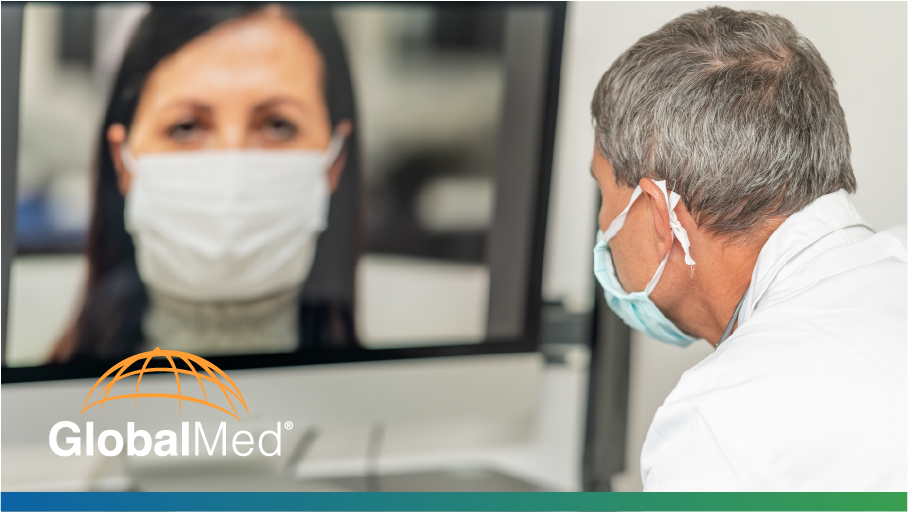 Prior to COVID-19 there was difficulty in meeting the global demand for healthcare workers. But as COVID-19 cases surge around the world and across America, we are facing an increased shortage of doctors, nurses, hospital beds, as well as a dwindling supply of personal protection equipment (PPE), putting those fighting on the front lines at increased risk.
Prior to COVID-19 there was difficulty in meeting the global demand for healthcare workers. But as COVID-19 cases surge around the world and across America, we are facing an increased shortage of doctors, nurses, hospital beds, as well as a dwindling supply of personal protection equipment (PPE), putting those fighting on the front lines at increased risk.
Paramedics, nurses, and doctors save lives, but without proper PPE they are putting their own lives at increased risk to save all of us.
The Difficulty in Healthcare Prior to COVID-19
In recent years, before we faced the reality of the novel coronavirus, Mercer noted that the US would need to hire 2.3 million new health care workers by 2025 to adequately care for the aging population. But the shortage of skilled healthcare providers meant that thousands of these vital positions were unfilled. Because of this, healthcare providers were already dealing with burnout, capacity issues, as well as scarcity. These issues along with long shifts, regulatory challenges, holidays spent away from families, and the pressure of making life-and-death decisions made healthcare a field that was already flawed and difficult to navigate.
But these shortcomings in our healthcare system have ramifications on all of us—not just healthcare workers. When nurses are overloaded with a higher volume of patients, it has been shown to adversely affect patient outcomes. Mercer noted that “patients are more likely to be readmitted after 30 days of first being seen” when managed by healthcare workers over capacity.
The Impact of COVID-19 on Healthcare Providers
As the coronavirus pandemic continues to infect people across the country, it is taking a toll on those who are needed most to combat it: doctors, nurses, paramedics, and other workers at medical facilities. As more states begin to announce the infection and death of healthcare workers, like the death of nurses in New York and the infection of 70 out of 180-employeees at the Seattle assisted living facility, it’s becoming abundantly clear how much of an impact this pandemic is having on our health care providers.
Health care providers and first responders, like these, are on the front lines and at a very high risk of exposure. Our first responders often don’t know what they’ll be experiencing until after they’ve arrived at the scene and been exposed. Doctors in the emergency room are facing the same situation. A patient might come to the ER and present with chest pain, leading the doctor to believe there’s a cardiac problem, when instead the patient has COVID-19. There’s incredible risk for healthcare providers at large.
With this increased risk, clinical staff are making sacrifices to continue fighting on the front lines of the novel coronavirus. From writing wills, to sending their children to live with friends or other relatives, working incredibly long hours day-after-day, to not staying in their own homes, great personal sacrifices are being made.
Yet still with all of these personal sacrifices, reports have surfaced that health care workers are under pressure from administrative staff to not discuss their lack of PPE—or be out of a job. With the scarcity of PPE many healthcare professionals are dealing with the emotional strain of fighting in the front lines while simultaneously being terrified to come into work.
Gratitude For All Essential Workers
Yet despite the very real risks, our essential workers continue to keep working to help patient after patient. From the social workers who are protecting high-risk children, the medical students who just graduated, the warehouse workers who are supplying food to hospitals and care facilities, the sanitation workers who are helping to stop the spread of the virus, and the doctors and nurses on the front lines—we’re so grateful to all of you.
Now, more than ever before, we must acknowledge the importance of our clinical workers and support them in their needs to be able to support all of us.
How Telehealth Can Help in the COVID-19 Fight
While patients cannot currently be tested for COVID-19 in a virtual health encounter, telemedicine can continue, as it has for years, to help manage other patients keeping them and their routine medical needs, out the acute care system already overloading our frontline medical workers. This keeps the patients from exposing themselves and others to COVID-19, and frees up the hospital and acute care systems to take care of the sick COVID-19 patients.
And while telehealth visits keep patients from unnecessary exposure, it also allows clinicians who are recuperating from COVID-19 or who are in a high-risk group, to be put into a virtual health care mode, allowing them to continue participating in this critical workforce.
As we look at the likelihood of future pandemics, we need to ensure that global cooperation is in place so that clinicians are well-equipped to handle whatever comes their way. As this pandemic is showing us, prior restrictions on telehealth coverage have left us lagging in expanded virtual health treatment protocols. Providers deserve to have all of the tools of the trade available to protect themselves in situations like this—including telehealth.
Telehealth’s Enduring Role
Telehealth has been here to support frontline workers prior to COVID-19; we’re here now to support healthcare providers during COVID-19; and we’ll be here after, to continue supporting you while you continue to support all of us.



